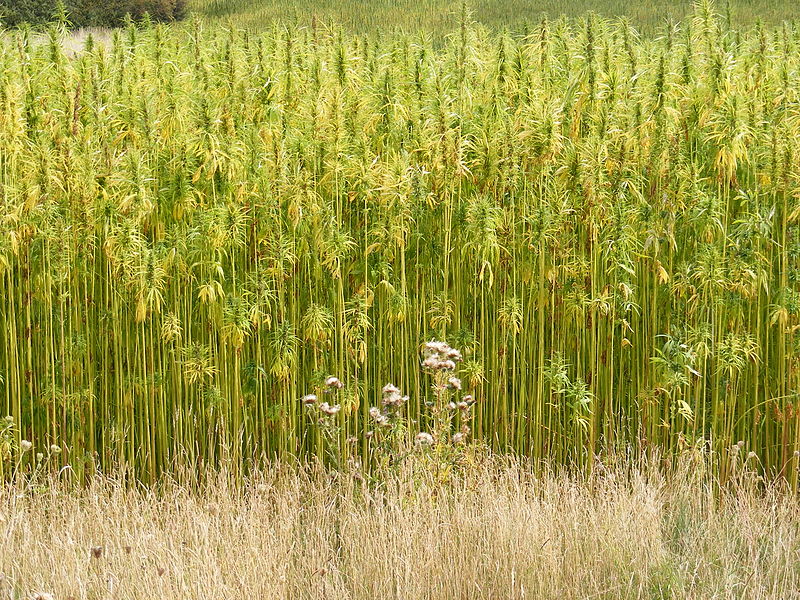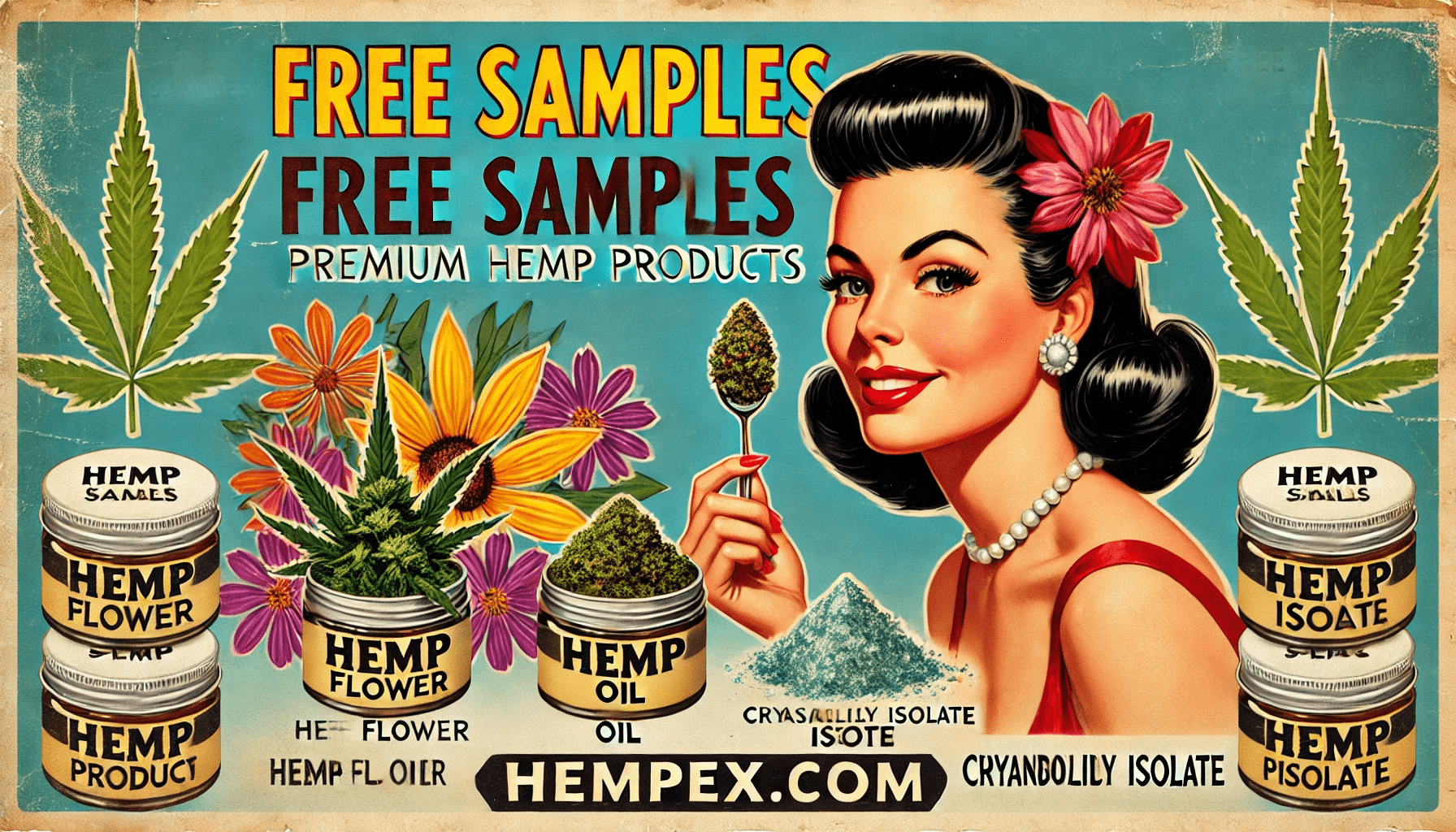Hemp
Hemp is a fast-growing, herbaceous, annual plant widely cultivated for food, fibre, fuel and medicine. Hemp grows in a range of soils and climates reaching heights of 1.0 to 5 metres in 2-6 months. It has a deep tap root and a strong thick stem prized for it’s fibre.
Hemp is believed to be the world’s oldest agricultural crop. It originated in the Himalayan region and has been cultivated in China for around 10,000 years.has a stem diameter of up to 4cm and has a deep tap root.
Hemp is a versatile and valuable agricultural crop, but it’s use has been limited due to prohibitionist drug regulation. Growing acceptance of the value of medical cannabis and the value of hemp as an agricultural commodity have opened up interest, investment and cultivation of the crop world wide.
Hemp – Cannabis Sativa
Hemp refers to varieties of Cannabis Sativa which are low in THC, in contrast to Marijuana which is the flowering parts of high THC varieties of cannabis.
Note that this distinction is arbitrary and varies in legal definition internationally, but is a good starting point for understanding.
In the United States, Hemp has recently be legalised via the Farm Bill of 2018 which permits the cultivation and trade of industrial hemp, defining it is less than 0.3% THC. Hemp extracts, foods and products from industrial hemp that meet this THC criteria are also legal, but may be regulated as foods or drugs.
In most parts of the world hemp farmers need a license and must follow special processes to farm hemp.
Industrial Hemp Uses
Hemp is able to be process to produce a range of food, fibre, fuel and medicine products. It has been said that over 25,000 different products could be made from hemp.
Most usage is easily divided into Food for the seeds (seeds, meal, protein, oil), Fibre and industrial products from the stem (including yarn, plastics, bedding, insulation, hempcrete and many other products), whole plant biomass fuels such as ethanol or cogeneration.
There are three main usable parts of the hemp plant: the inner fibres (hurd), the outer fibres (bast) and the seeds. Different varieties are grown for either the fibre or for seed, although there are some varieties that are dual purpose. Most farmers growing hemp are focussed on producing either fibre or seed, but generally not both.
Worldwide, the hemp industry requires an increase in the scale of production, better understanding of appropriate genetics and agronomic requirements, more efficient mechanisation for harvesting, hemp drying and processing, and establishment of industry infrastructure and long-term markets to give farmers and processors confidence.
Recently, the Industrial hemp industry has received a welcome boom from the interest in production of CBD, Cannabidiol. CBD is used as a pharmaceutical ingredient or nutritional supplement in cannabinoid based products such as hemp oil, CBD distillate and CBD isolate. The hemp extracts are used as medicinal products and are extracted from the flower or whole plant of specially selected high CBD hemp cultivars.
Medical Hemp vs Industrial Hemp
Medical Hemp is specially selected High CBD Hemp which is grown specifically for CBD production. Some varieties may have dual use (eg: fibre plus flower) but the value and special cultivation requirements to produce good quality flower crops means the flower is the most valuable part of the crop.
Unlike most industrial hemp grown for fibre and seed, which has small flowers, little resin, and low levels of cannabinoids, Medical Hemp has been selected for flower, resin and drug production.
Medical hemp is typically bred from high CBD hemp varieties crossed with medical cannabis varieties to create a drug type plant with high CBD but low THC, such that it meets regulatory requirements for hemp.
Read Medical Hemp vs Industrial Hemp to learn more about high CBD hemp strains and the differences in cultivation style and more demanding processing practices for medical hemp.
Global Hemp Production
Hemp is cultivated globally with a handful of nations dominating production. France, China and Canada are the leading producers of hemp seed crops. China, South Korea and Europe are the largest fibre producers.
Hemp Processing
Hemp requires extensive post harvest processing to prepare it for use for fibre, seed and flower based products.
Medical products require special handling and further processing to extract CBD and refine it for use in medical products.


